As runners, we have all been there. The seemingly endless battle of skin versus material.
However, with a few tricks of the trade, you can treat chafing and prevent it from ever happening in the first place. A few simple adjustments to your regular routine and wardrobe will have you running without the uncomfortable feeling of endless chafing.
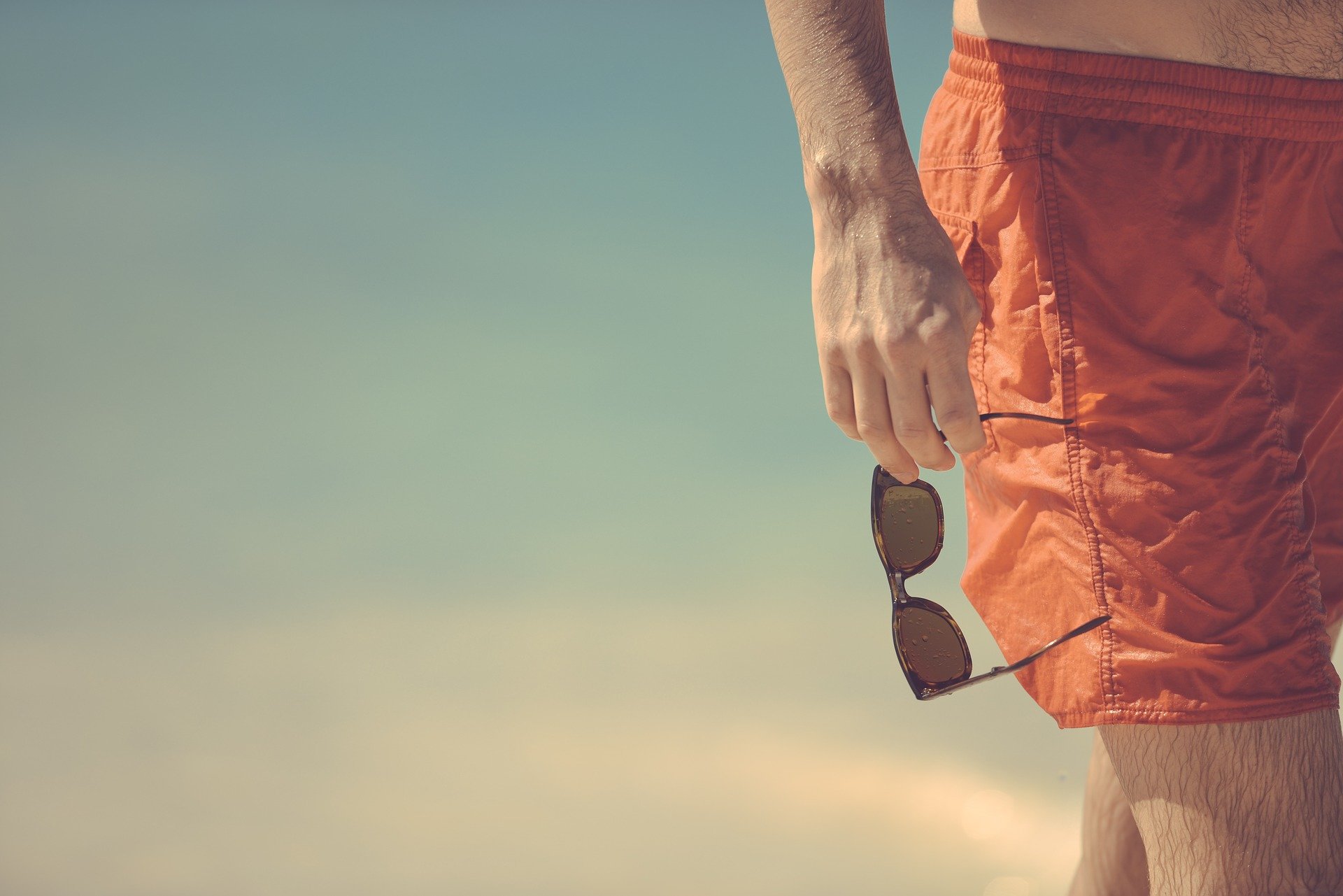
Chafing begins when friction becomes too much between two surfaces. When your skin rubs too much against the wrong material, or from too much sweating against itself, it is an uncomfortable state of being. Friction increases in humid weather, excessive pressure, or from dryness and cold. The best way to help yourself prevent chafing is to prepare, and the best way to treat it is to be proactive.
Prepare Before You Run
Prepare your body before you head out for a run to avoid irritated skin caused by sweating and rubbing. Know what your body needs and how to adapt to weather conditions that may worsen the potential effects.
The Need For the Right Material
The right material is incredibly important in preventing chafing. Cotton materials make you sweat more and irritates your skin, while synthetic fibres help your skin breathe better for less potential chafing. Invest in running gear that is moisture wicking and made of stretchy material that helps your body breathe better. Your running attire should fit snugly around your body. Too tight or too loose of clothing will only make chafing worse. If you are unsure, then visit a local running store to find out more about what gear may be best for your body.
Materials like rayon, nylon, polyester, or lycra all contribute to more breathability with your clothing that will help you be well prepared. Also, be mindful of any potential bothersome seems on clothing. Sports bras specifically can have irritating seem lines, but luckily the technology is shifting to seamless for less potential of irritation.
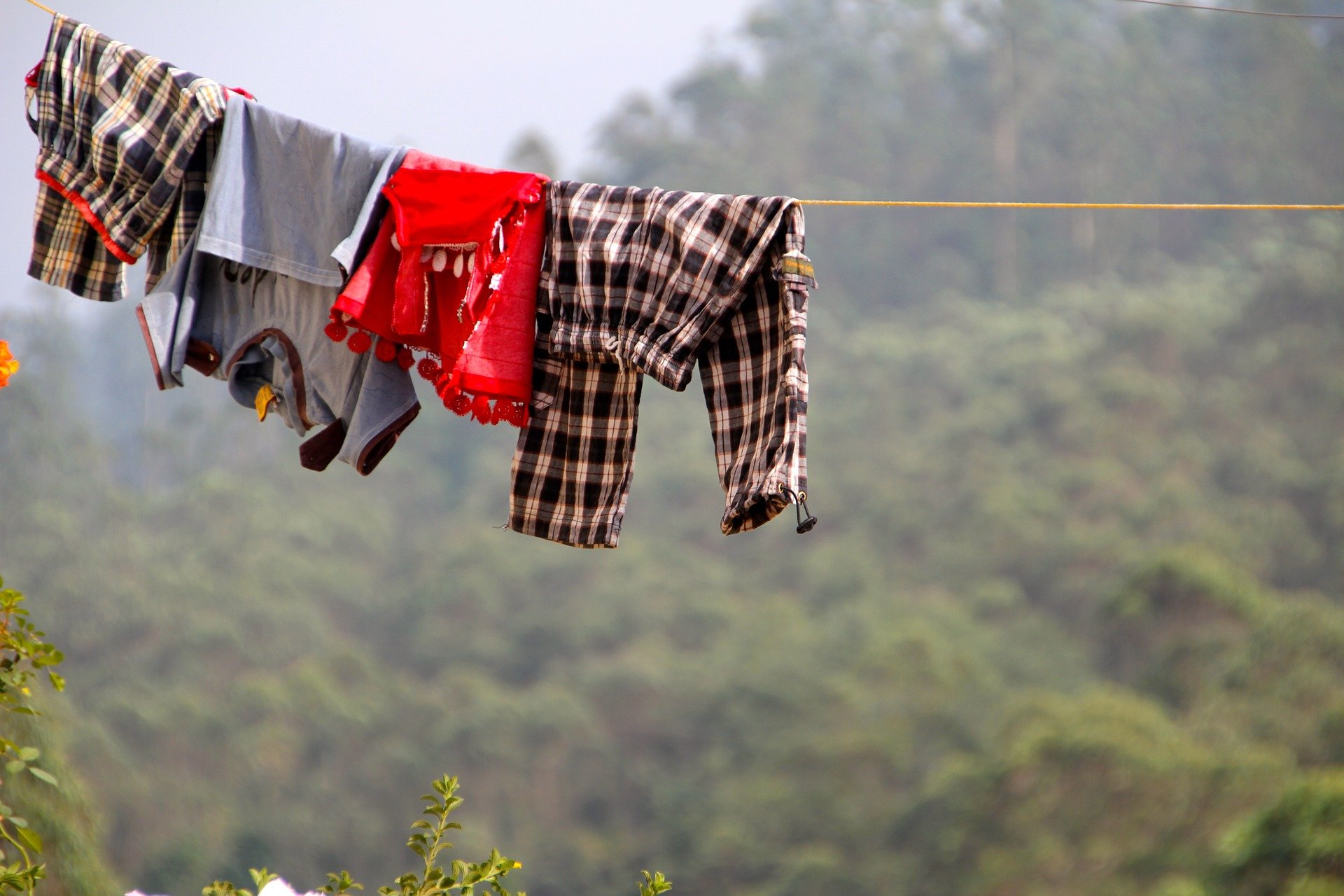
Wash Thoroughly
Preventing chafing from happening in the first place starts with keeping your skin thoroughly clean. Clean skin is less prone to infection and using the right soap can help your skin stay moisturized even during dry days.
Washing thoroughly also involves washing your workout gear. Already sweaty running shorts or sports bra can cause further irritation on areas that are prone to chafing. Be sure to wash your running gear and always keep your skin clean after a good workout. Showering after running also helps keep your core temperature up for a healthier body.
Lotion Up
For those who struggle with too much friction on affected areas such as the thighs, armpits, sports bra straps, and nipples, lotion can be the answer before attempting a long run. Other products that help lubricate the body to avoid excessive friction are Bodyglide, Vaseline, and Aquaphor.
Lubricating potential hazard areas before a run will help you stay in control of chafing and not let it define how long you can run. Avoid the pain from happening in the first place by preparing your body in advance. More basic lotions are better for chafing problems, but using lotions that have a little more fragrance is okay as long as it does not further irritation of the skin.
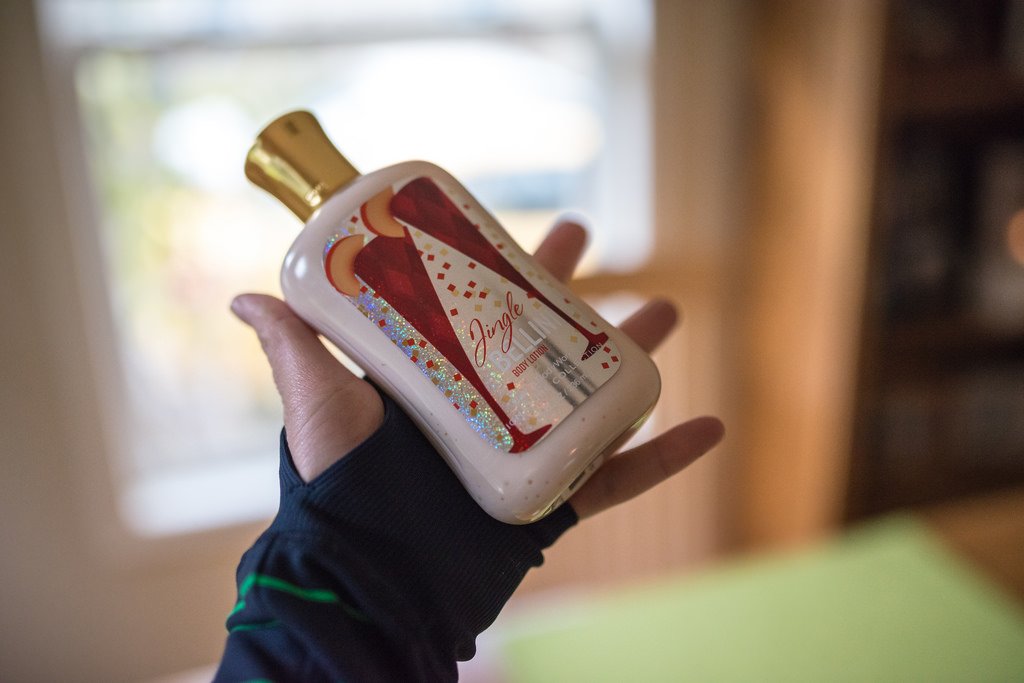
Be prepared for chafing wherever you go by carrying a small stick of chapstick with you. Through long runs, challenging races, or even traveling days, you can be ready to prevent chafing from ever happening in the first place.
Treating Chafing
If chafing has already come upon you, there are luckily easy ways to treat it. Home remedies are your best option for treatment, however, if your skin condition gets worse, then it may be time to visit the doctor. The least you want is a skin infection that furthers your recovery time.
Home Remedies
Natural home remedies help ease the pain of irritated or broken skin from chafing. Different remedies work for different skin types, so be sure to try out different methods to heal your chafing problem. If your skin becomes worse or has a distinct odor, then you should visit your doctor immediately, as it may be a skin infection. Be aware of your body's needs so you can keep your body happy, healthy, and free of chafing.
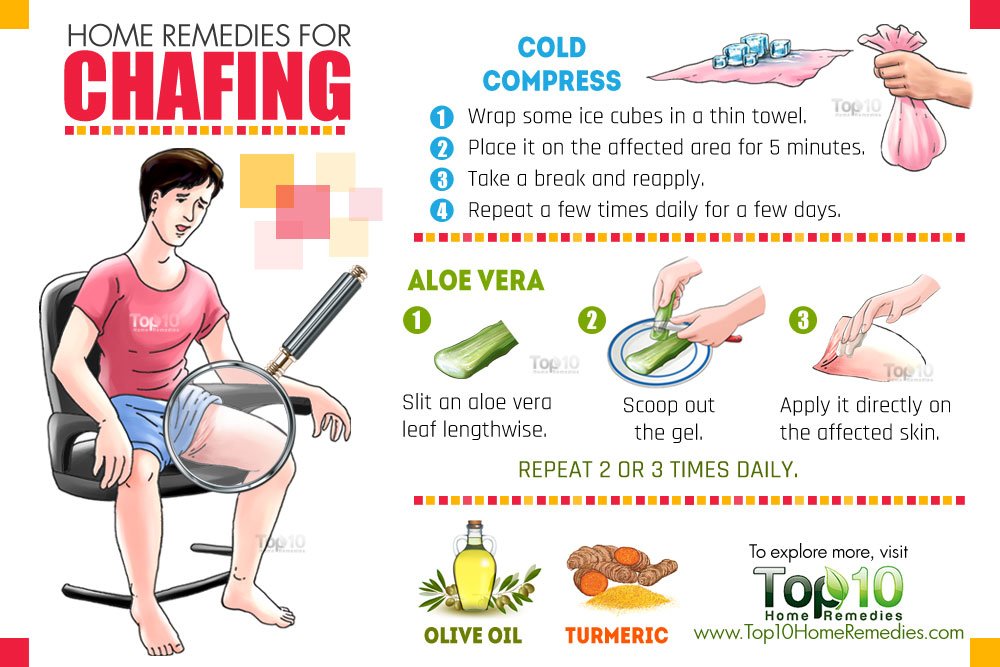
Cold Compress
A cold compress helps relieve the pain of chafing that can feel like a burning sensation. Wrap ice cubes in a towel and place it on your irritated skin for 5 minutes. Reapply a few times a day.
Aloe Vera
The glycoprotein contained within an aloe vera leaf helps with inflammation and pain. You can either remove the gel from within a leaf, or purchase a bottle of aloe vera from the store. Apply directly to the irritated skin and repeat a couple times daily until the inflammation and irritation is down.
Olive Oil
Olive oil is a great moisturizer that can help reduce skin irritation. It is rich in Vitamin E and antioxidants that help skin heal quicker. Apply directly to the surface of the skin a couple times a day, but only after you have washed the affected area thoroughly.
Turmeric
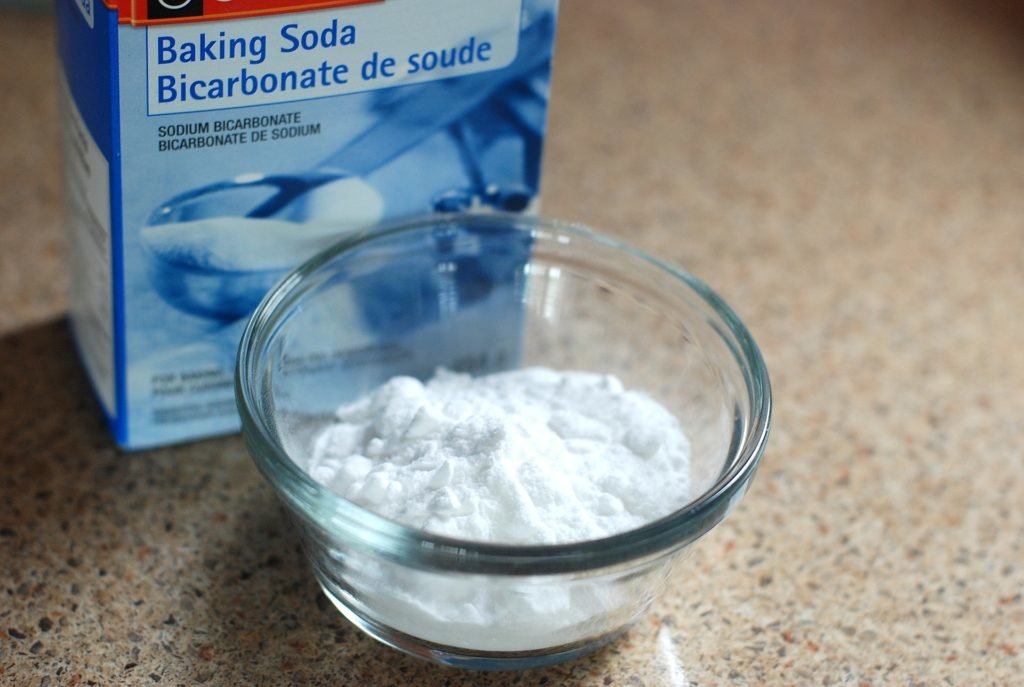
Turmeric contains curcumin, which is believed to have antibacterial and anti-inflammatory properties. Create a paste by adding 2-3 teaspoons of turmeric and combining it with water. Rub the paste onto the affected area and keep it on for 30 minutes. Wash off the paste with warm water and repeat later in the day.
Baking Soda
Baking soda is a great household item that helps alleviate the pains of chafing. Create a baking soda paste with a little water and apply to the irritated skin. After 5 minutes, rinse the affected area with cold water.
Oils
Other remedies include using coconut oil, calendula oil, or tea tree oil to alleviate the skin. Wash your skin thoroughly and apply your oil of choice directly to the affected skin area. Each essential oil has properties that aid your skin healing and help you overcome the initial stages of pain and irritation.
Be Proactive
With any skin irritation, it is important to be proactive about it. Keep your skin clean and healthy, and forever free of chafing by always being prepared. Know what your body needs and test out different products to find what works best with your skin. Running without chafing allows for your to achieve faster times and overall better comfortability.


